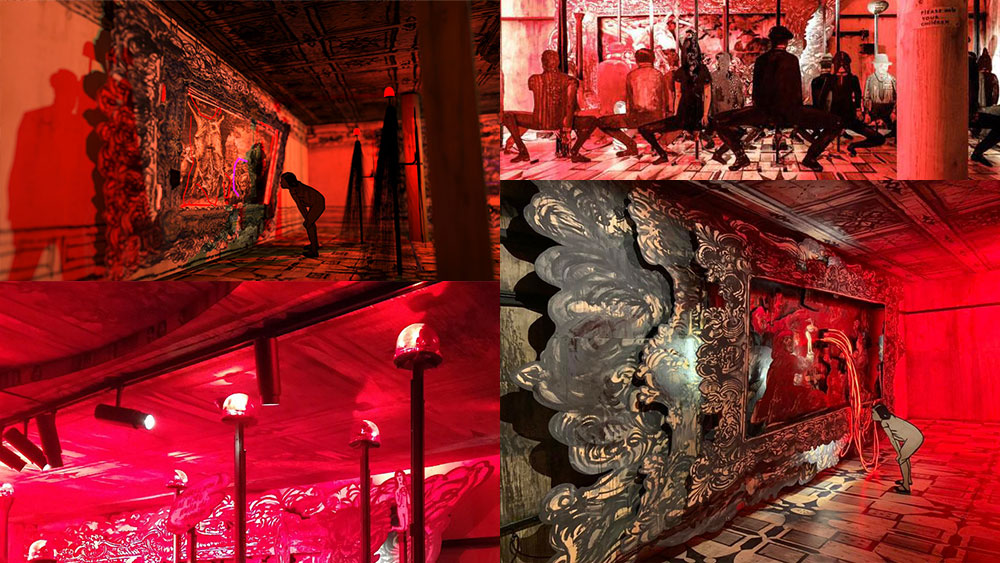Want to keep abreast of contemporary art? The easiest and most effective way is to follow the Biennale (Contemporary & Modern Art).
What is a biennale?
In fact, this is simply the name of the art exhibition, which takes place every two years, hence the term literally translated from Italian biennial as “every next year.” In principle, Latin also has a similar word formed from bis (two) + annuus (year). In English can be translated as “once in two years”.
The most famous exhibition has been held in Venice since 1895 (Venice Biennale).
There are many other contemporary art exhibitions around the world. But for a general understanding of the situation in the world of contemporary art, it’s enough to follow at least the Venice Biennale, since all the main trends and new stars of the world of creativity fall into it.
It was at the Venice Biennale that the works of Matisse (1950), Chadwick (1956), Rauschenberg (1964), Abramovich (1997), Durham (2019) and many others were noted at the time.
What is happening in contemporary art?
Recently, mixed genres of art have dominated the Biennale – objects on the verge of sculpture, painting, performance, music and theater genres using modern technologies, for example, robots and artificial intelligence. The art of post- and metamodern is a genre, stylistic and ideological eclecticism. Motto: “combine everything that comes to hand, the main thing is idea and empathy.” Art has become very emotional, associative, complex.
You can no longer just look at a picture or sculpture and enjoy its beauty. Today, you as a spectator have to become a participant in what is happening, you can no longer remain on the side. You are involved both physically and mentally and emotionally. In the first moments, a person does not understand anything, typically asks the question “what the hell is this?”. It seems that some child threw a pile of garbage and gives it off as high art, and you (as an adult) look at it with a high, a little irony, or even get angry.
Contemporary art is a game in which everyone wins. The rules of this game are simple: take and get involved, drop the arrogance, do not try to analyze, let your neural network go around the logic stage, immerse yourself in the happiness of interacting with the world.
Last exhibition of contemporary art in Venice:

There were many discoveries at the Venice Biennale; I was most impressed by the robotic cage cleaner, trying in vain to wipe a pool of blood. The most lively performance was an eco-opera on the beach, which could be visited by any visitor who took a swimsuit with him. A variety of topics were raised – loneliness, struggle, nature conservation. The objects presented at the exhibition were distinguished by their scale and gigantism.
Russia at the Biennale of Contemporary Art in Venice.
Russia also presented its pavilion. Worked on it, including employees of the Hermitage. The installation looks bloody and stylish, it feels like a Tarantino movie mixed with the horrors of Stephen King. The main color of the theme is red. But this is not Red Light Street, but rather a hell of a purgatory, where, perhaps, the horrors of modernity with its global crises, the reassessment of traditional values and the upcoming technological breakthroughs, which carry many unknown risks, have brought us. Entering the pavilion, you seem to go into a traditional museum (say, the Hermitage), but everything is a little different in it, and the further you go, the more transformations of the classical we see. There is a feeling that the “so beautiful” past has been replaced by a “frightening and defiant” present. I want to return, but nowhere else. It is necessary, through fear and awe, to seek new meanings and forms on the ruins of centuries. Modernity is seen as a “distortion” of the beautiful that is still left in the Russian pavilion, and which is no longer even beyond its borders.
